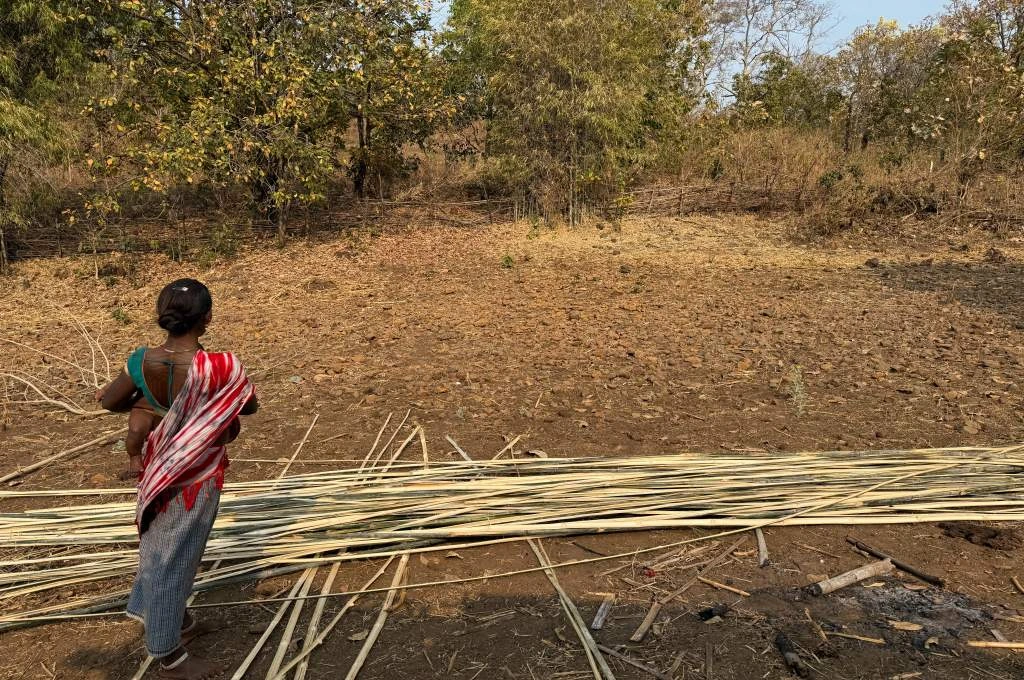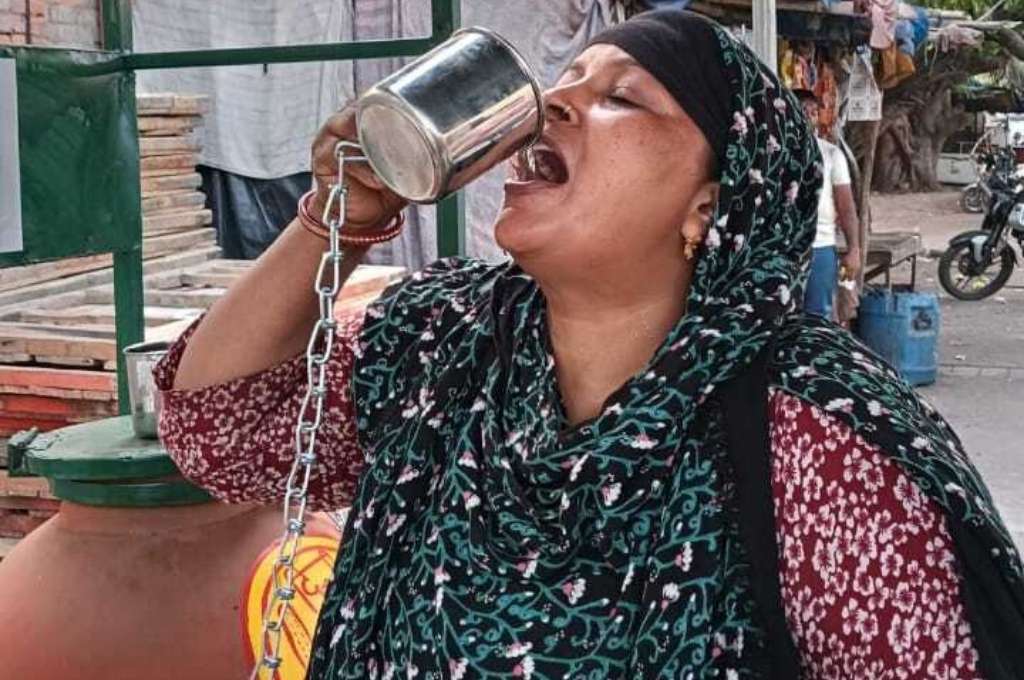Warding off evil spirits: Odisha’s traditional healers counter superstitions
Limited access to healthcare facilities has forced the people of Kundei village in Odisha’s Kendujhar district to depend on traditional healers and superstitious practices.
One such superstitious belief is the branding of newborn babies with a hot iron to ward off the ‘evil spirit’. “When a child falls sick or the blue vein appears, the community thinks the child is possessed by some spirit,” says Sourav Bhattacharjee, nutrition expert with UNICEF. “They believe branding the baby’s stomach with a hot iron will expel the spirit and protect the child from evil eyes.”
The practice, locally called chenka, is usually done between seven and 21 days after a child is born. Though largely limited to infants, there have been instances of hot-iron branding among women and men too. In 2018, more than 50 women and children took part in a mass hot-iron branding event in Dhenkanal district, Odisha. In July 2021, a 34-year-old man died after being branded multiple times to cure him of tuberculosis.
Hot-iron branding is deep-rooted in the indigenous communities’ faith and beliefs, making it difficult for the state to intervene. However, since 2019, local nonprofits in the region, in partnership with the state, have set out to put an end to the practice. For this, they have taken the help of bisharis (traditional healers).
“It is a well-known fact that the whole community listens to the bisharis,” says Sanjit Patnaik of South Orissa Voluntary Action, a nonprofit working with the marginalised and indigenous communities in the region. However, the bisharis were initially reluctant. Patnaik explains, “When we told the bisharis that they were committing a punishable crime, there was a lot of resistance since it was their only source of livelihood.”
To navigate this, nonprofits in the region told the bisharis not to give up their pooja or religious rituals. Patnaik says, “We just told them to send the children to the hospital when the parents brought them in. This way the bisharis’ livelihood was saved and the child also got timely medical attention.”
On the ground, change is slowly taking place. Twenty-four-year-old Basant Juang, a member of the indigenous Juang community from Kundhei who was branded when he was 21 days old, now works on creating awareness against the practice.
“After attending meetings and seeing awareness videos about the ill-effects of hot-iron branding, there’s a change in belief,” he says. “Hopefully, this unhealthy practice will end soon.”
Tazeen Qureshy is a freelance journalist based in Bhubaneswar.
This is an edited excerpt of an article that was originally published on Village Square.
—
Know more: Learn why the fear of childbirth is growing among women in rural India.
Do more: Connect with Tazeen Qureshy at tazeen.qureshy@gmail.com to learn more about and support her work.



